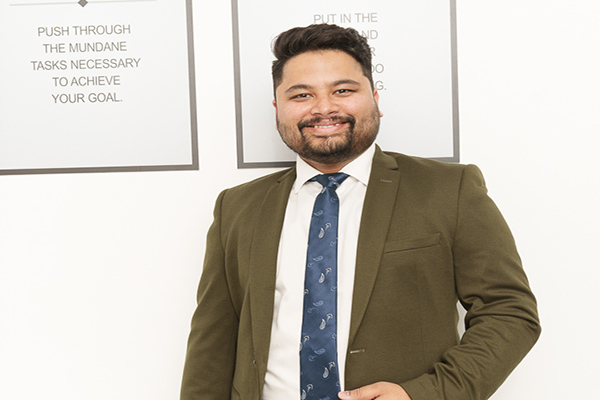The advent of COVID-19 has drastically transformed our lives, serving as a wake-up call about what truly counts in both personal and professional spheres. This is where the balance between mental and physical health has gained traction globally, resulting in people becoming more aware of their health and well-being. However, the fear of being infected by the virus prevented people from seeking face-to-face consultations, paving the way for technological improvements in telehealth services for handling health-related difficulties.
While there are still many locations in India where access to healthcare is inadequate, many still prefer to go to a clinic for any medical ailment, which requires money and a long journey. Thus, telehealth has gained great traction in the market to meet this requirement by providing patients with the ability to contact doctors from the comfort of their own homes. According to Mordor Intelligence, the increased acceptance of telehealth among all demographic segments, rural and urban, is expected to accelerate the expansion of the telehealth market at a CAGR of 25.50% over the projected period of 2023–2028.
It is, thus, safe to say that telehealth services have become increasingly popular in recent years, allowing individuals to address a wide range of health-related issues remotely. So, let’s delve into the tips to solve health-related difficulties with telehealth services in the modern era.
Tips to Address Health-Related Issues
Virtual Consultation: There is no denying the fact that via video conferencing or phone calls the advent of telehealth services has made the consultation process pretty simple. There are some moments in life when individuals require special attention that needs to be addressed by some specialists at the same time. In this context, virtual consultation emerged as a solution by allowing individuals to discuss symptoms, medical history, and treatment options without the need for an in-person visit. Furthermore, virtual consultations can be used for routine check-ups, follow-up visits, and discussions about minor health concerns.
Remote Monitoring: Due to inadequate healthcare facilities, people in rural areas still prefer to visit their doctors in person. As a result, they have to travel for hours to seek consultation, which in the end adds to their travel expenses. However, thanks to the advent of remote monitoring solutions, healthcare providers can now track patients’ health conditions from a distance. These devices can measure vital signs such as blood pressure, heart rate, blood glucose levels, and oxygen saturation. Patients can share this data with their healthcare providers, who can then provide the necessary guidance or make adjustments to their treatment plans.
Follow-up Care: Follow-up is the act of contacting a patient on a specific date to check on the patient’s progress since his or her last session. Appropriate follow-up can help healthcare providers uncover misunderstandings, answer questions, make more examinations, and change therapies. Thus, patients can contact their healthcare doctors via telehealth to discuss their recovery progress, ask questions, and obtain help with post-treatment instructions or prescriptions. This can eliminate the need for regular in-person visits, which is especially beneficial for people who reside far from healthcare facilities.
Telehealth: Bridging the Gap in the Healthcare Industry
There is no denying the fact that access to adequate healthcare has always been challenging in India, particularly for rural populations. However, ever since technological advancements have barged into our lives, different digital health innovations have come to the fore, with telehealth services being no exception. Telehealth has made it easier for people to monitor their health and obtain appropriate medical treatment whenever they require it, all from the comfort of their own homes. As a result, it is safe to say that by allowing patient-doctor to handle a wide range of health-related issues, telehealth services are bridging the gap in the healthcare industry.















